Analysis of current system problems
1. Tension fluctuations cause the material to stretch or relax
2. Insufficient slitting accuracy leads to edge waste
3. High material loss during the start/stop phase
4. Insufficient adaptability to different material properties
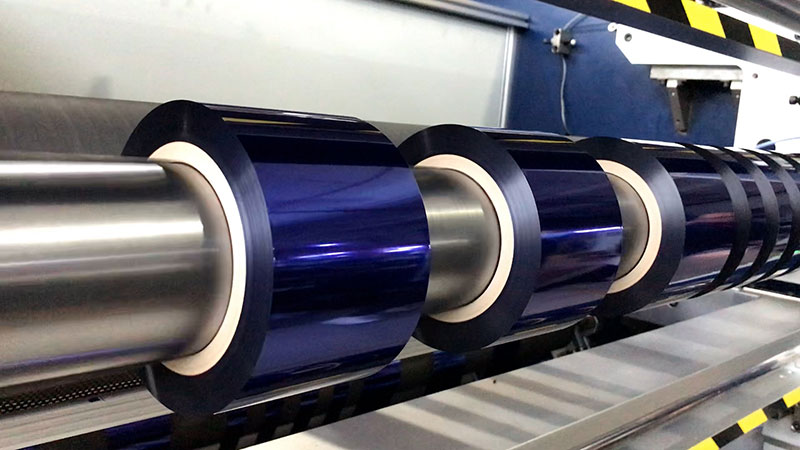
Optimize the solution
1. Tension control system upgrade
• Multi-stage closed-loop control: Tension detection points are set up in the unwinding, traction and rewinding links
• Adaptive PID algorithm: Automatically adjusts control parameters based on material properties and operating speed
• Dynamic compensation mechanism: real-time compensation for inertial forces in the process of acceleration and deceleration
2. Hardware improvements
• Replacement of high-precision tension transducer (±0.1% accuracy)
• Install a brushless motor drive system to improve the response speed
• Add edge position detection CCD to achieve automatic deviation correction
3. Material property database
• Create a database of tension-elongation curves for different gold foil materials
• Automatically recall the optimal tension parameter according to the material batch
• Recording of production data and continuous optimization of parameter settings
4. Operational optimization
• Develop automatic feeding programs to reduce manual intervention
• Optimized acceleration/deceleration curves to reduce impact
• Realize automatic splicing function to reduce downtime
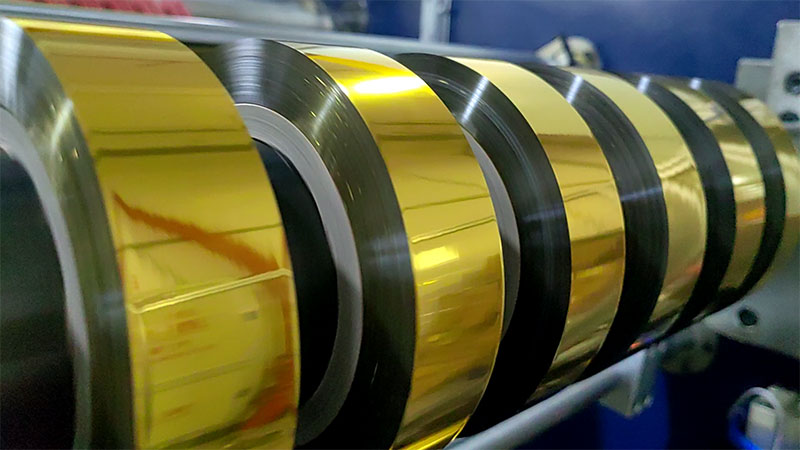
What to expect
• 30-45% reduction in material waste
• The product qualification rate has increased to more than 99.2%.
• 40% reduction in changeover time
• 15% reduction in system energy consumption
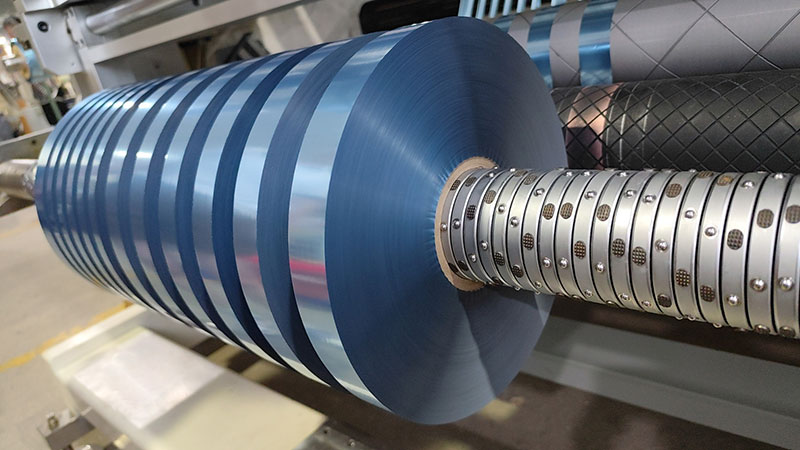
Implementation steps
1. Evaluation of existing systems and data collection (1-2 weeks)
2. Hardware Upgrade & Installation (1 week)
3. Control system software update and debugging (2 weeks)
4. Operator training (3 days)
5. Commissioning and fine-tuning of parameters (1 week)
6. Formal production and continuous optimization
If more detailed information or specific technical parameters are needed, further explanations can be made.

The operation of an hot stamping foil slitting machine is not a simple mechanical repetition but a professional job that requires skill, responsibility, and continuous learning.
05. January, 2026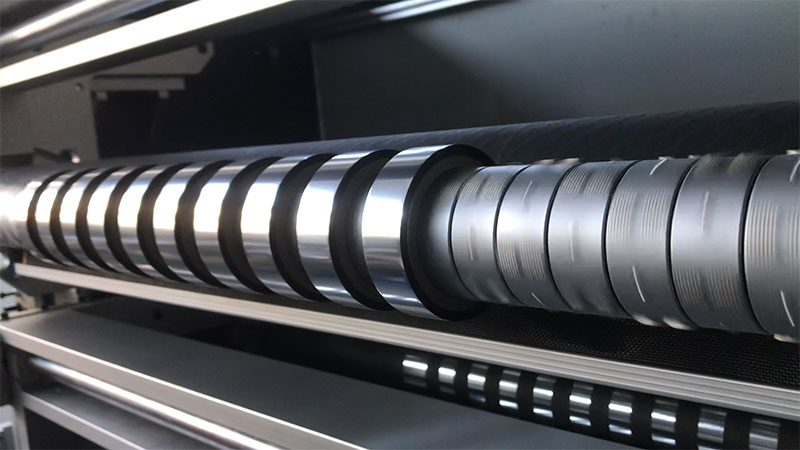
This article will comprehensively analyze the key parameters of hot stamping foil slitting machine selection to help you make an informed decision.
05. January, 2026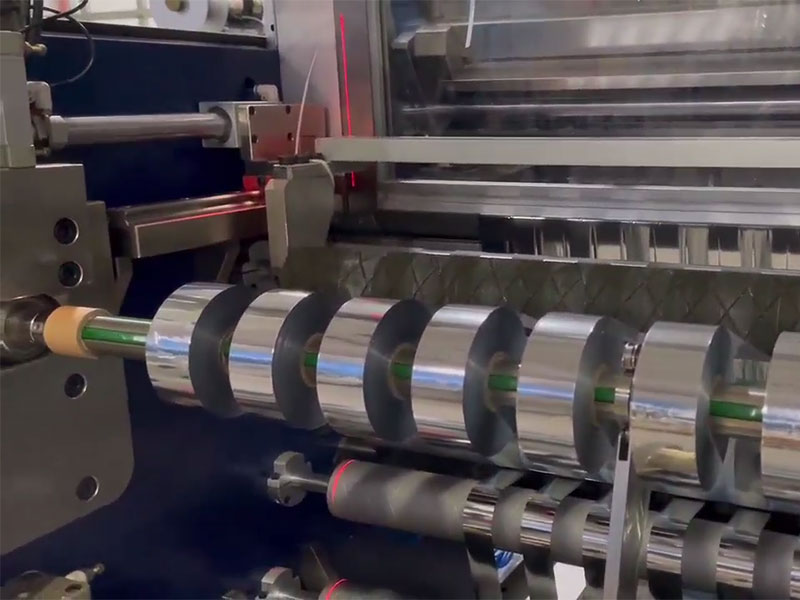
In the face of a dazzling array of brands and models on the market, how to choose an hot stamping foil slitting machine that suits your own production needs?
05. January, 2026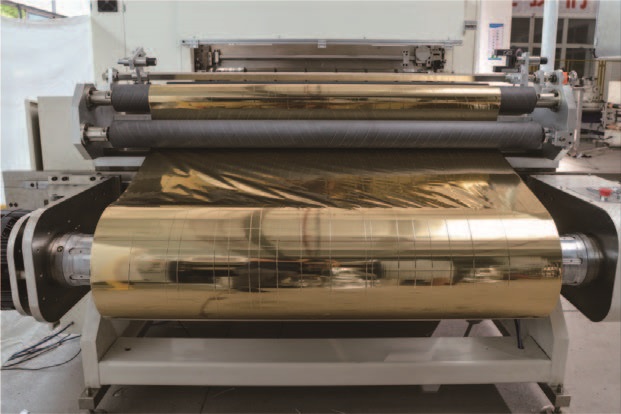
Every millimeter of precise slitting, every technological breakthrough, silently speaks of the brand's persistent pursuit of perfection.
31. December, 2025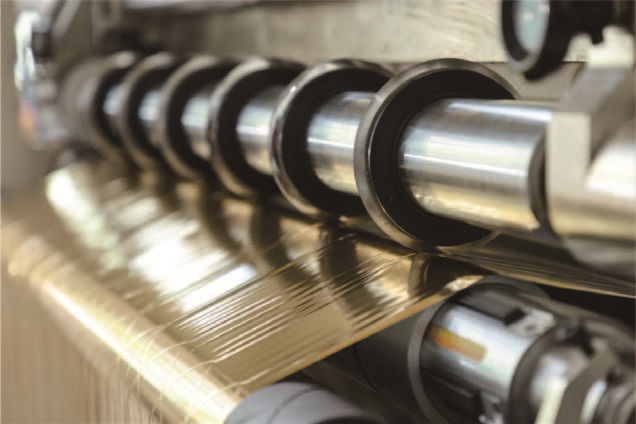
The traditional large-scale standardized production model is gradually transforming into a customized direction with small batches, multiple specifications, and fast delivery.
31. December, 2025